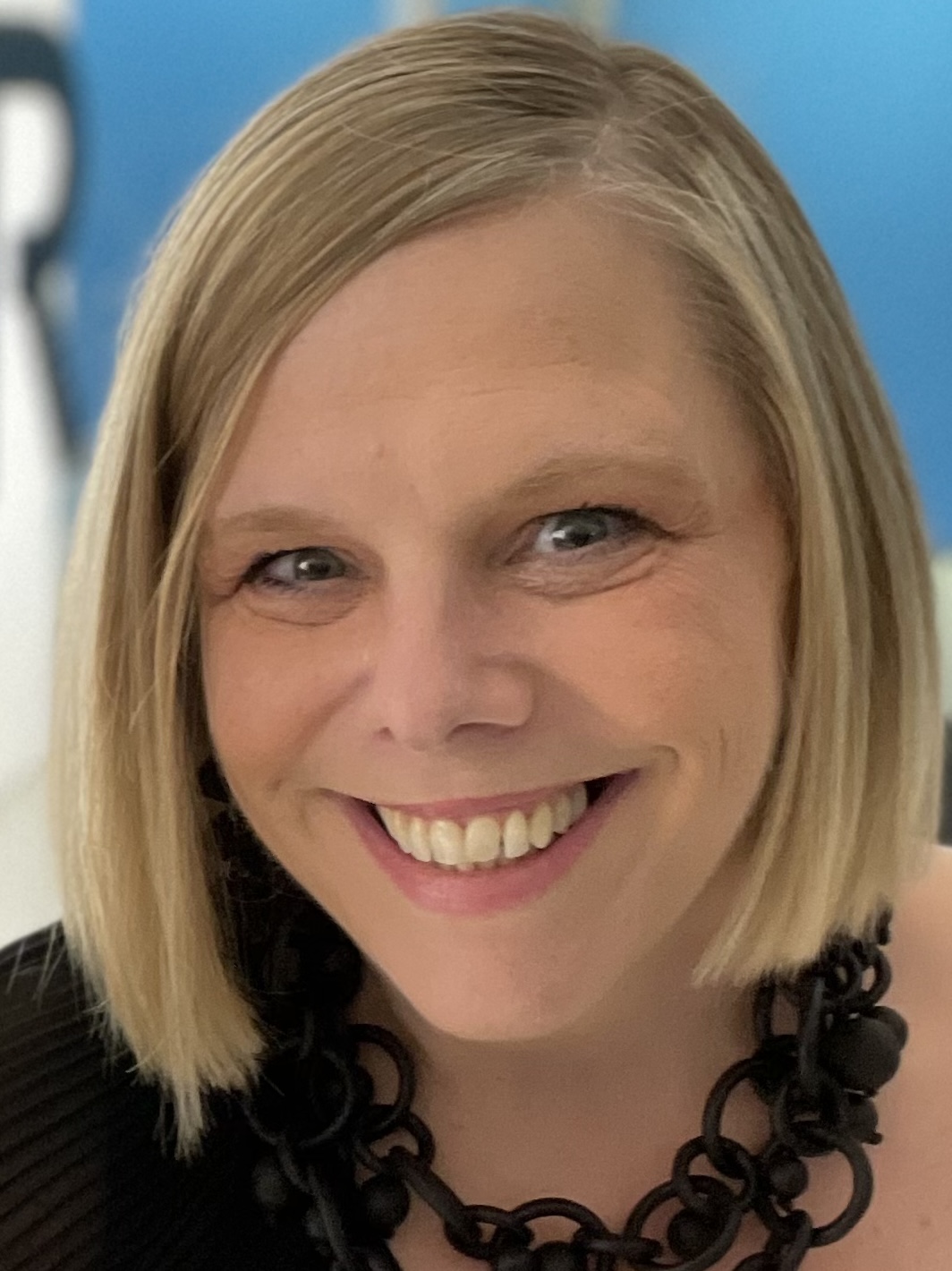Slow Curating: An Alternative for Museums
- Megan Arney Johnston
- Sep 6, 2021
- 3 min read
Published in the College Art Association Women's Caucus for Art journal Artlines Summer 2021.

The year 2020 will be remembered for the COVID-19 pandemic, the civil unrest over police brutality, and the divisive US election. Those of us who are visual art practitioners know our institutions will never be the same—and I argue they shouldn't be. I use the term Slow Curating to describe my own socially engaged practice, which offers an alternative to the fast-paced condition of the curating today. I believe the Slow Curating Framework challenges power structures and is a practice that enables, explores, and expands museum and exhibition experiences for more relevant audience engagement. It's a social practice that privileges collaboration, communication, and care as an alternative for museums today.
Socially engaged art practice, or social practice, is an approach that focuses on the creation of art through experience with an emphasis on process and connecting with audiences. Social practice is not an art movement, a medium, or new construct in contemporary art. As curator Nato Thompson (2012) explains, social practice reflects “life that emphasize[s] participation, challenge[s] power and span[s] disciplines ranging from urban planning and community work to theatre and the visual arts” (p.20).

Importantly, Slow Curating is a cyclical framework that can be used in any location and any institution. Slow Curating is based on the Slow Movement--that is a slowing down of one's life and connecting more deeply. Slow Curating is a social practice that aims to disrupt and re-imagine curatorial roles, exhibition production, knowledge, memory, and processes of mediation – from project inception to presentation. Authorships, expertise, objects, knowledge and engagement are intentionally complicated. As a reflective curatorial framework, slow curating interrogates traditional processes and entails researching socio-political and historical contexts of a specific place.
Slow Curating includes: research, discussion, experimentation, observation, field notes, and responsiveness. It is a rejection of the Biennial model and what I term the ‘EasyJet curator’—a curator who flies from site to site and ‘plops’ down an exhibition that is devoid of local context and relativity (see, also, Rugoff, 1999). To put my approach simply: if artists create objects, socially engaged artists create experiences. In the exhibition space, if curators arrange objects, socially engaged curating facilitates experiences.
Slow curating encourages a meaningful and deep understanding of one’s immediate context, working with local experts to learn the cultural politics and the poetics of the place as well as investigating issues (conscious and unconscious) that affect everyday lives. It means promoting reciprocal relationships, open-ended proposals, and outcomes that can be decided upon by different people and at different times in the process. Control and power ebb and flow, and self-reflection and self-evaluation are continual and an important part of the process. This slow method connects directly to radical pedagogical models and does not recognize the institutional division between curatorial and education departments.
It’s important to remember that power structures are changing in museums and their communities and there are opportunities for deep and seismic alterations in art institutions. Yet there are difficulties in the path to this new knowledge. We know that museums are not neutral; they are laced with power structures, layers of authority, and multiple sources of influence. So how do we challenge these conventions? My research and work for the past 20 years has led me to conclude that curators are the key protagonists for the necessary seachange in museums. Working with colleagues, artists, collections, alternative displays, artist-in-residence, long term and embedded infrastructure, community collaborators, and public art can dramatically impact an institution’s impact and relevance in their communities. To quote Mary Jane Jacobs, “Opening the process of art-making to others previously held at a distance is demanding. It involves inserting them into the process and being accountable to them, while they—having become thoughtfully and constructively engaged—become accountable to us and to the art. It is not a passive giving and receiving, and responsibilities exist for each party involved. But the dialogue that is engendered--whether art or part of the process of making—is evidence in that experience of art, we all have something to gain. The more openly and generously we listen to each other, and encourage other perceptions, the more we will hear, and the greater the work of art will resound” (Jacobs, 2014: 273).
Megan Arney Johnston is an independent curator, museum specialist, and educator who uses socially engaged curatorial practices. She is a noted specialist in social engagement, having coined the phrase “slow curating” in 2011. She has a PhD in Museology and Curatorial Practice from the University of Ulster, Belfast, Northern Ireland. Her curatorial appointments include institutions in Europe and the United States. She has written dozens of exhibition catalog essays and articles for academic journals and present nationally and internationally on social practice and radical museology.





Comments